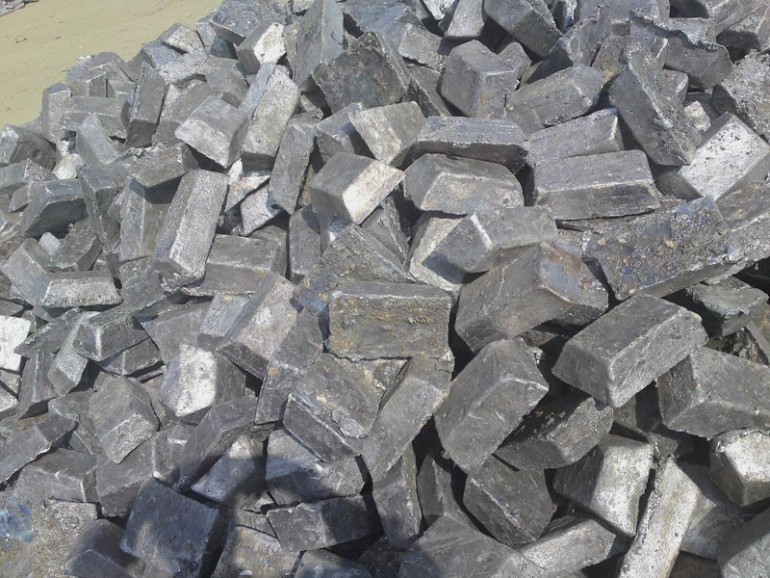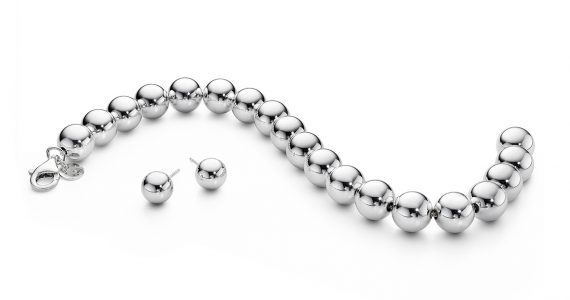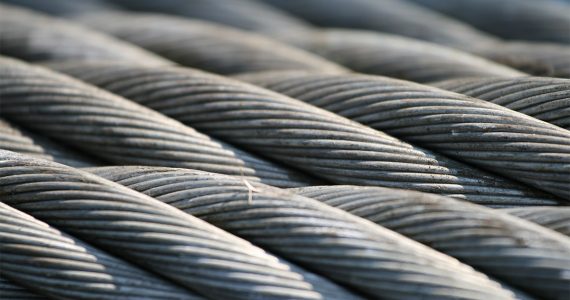Lead is one of the earliest metals to be discovered by man. One of the oldest lead objects used by man was from 6,500 years ago, which was a small lead statue found in Turkey.
The ancient Romans used lead items, components and constructs in their daily lives. They had lead baths, lead water pipes, and even lead wine glasses as well. The word plumber was derived from the word “plumbum”, plumbum being lead in Roman.
During the medieval ages, lead was often used as materials for construction. Roofing, cisterns, tanks, gutters, ornaments, statues, building pats, and coffins were usually made with some lead components in them. Lead was also used to join parts of glass together which was useful in creating colored glass windows.
What exactly is lead?
Lead has a chemical element symbol of Pb which short for plumbum, plumbum means lead in Latin. Lead has an atomic number of 82 and it is a heavy metal. Lead is soft, malleable and it is denser than most materials. Lead has the highest atomic number among the stable elements. Lead atoms often form covalent bonds. Lead also often bonds with itself and it can form rings, chains, and other complex molecular structures.
Lead has weak metallic characteristics which is why most people believe that lead isn’t even a metal to begin with. Lead is very unreactive even among the other post-transition metals. Lead reacts to both acids and bases which reveals its amphoteric nature.
Lead also has a very low melting point which makes it easy to manipulate, this is the reason why ancient men was able to use lead so efficiently. Fresh lead has a bluish and whitish color and when exposed to oxides lead tarnishes to a dull gray color.
Why is lead so dangerous?
We’ve often heard of lead side effects, lead poisoning, and how lead is detrimental to the environment. This statements are all true.
Lead was a commonly used metal before the 15th century, however people began limiting its use in the late 15th century when people discovered of its poisonous nature.
Lead is a naturally occurring metal in the earth’s crust and it is very toxic. Despite being very toxic and dangerous, lead was a very useful metal with tons of applications and uses. Because of this lead is still being used in the modern age, however its widespread use has produced massive public health problems, environmental problems, and various diseases and side effects to those who were exposed to it.
Lead gathers inside soft tissues and in our bones, it causes a lot of blood disorders and it weakens the body. Lead is also a neurotoxin and if one is exposed to high levels of lead, it may cause severe damage to the nervous system. If left unchecked, lead may cause permanent brain damage as well.
Lead Exposure
People are often exposed to lead through environmental sources or if they’re living or working near factories that work on lead. Lead contaminants will enter your body via inhalation or via ingestion.
Lead inhalation sources often include things like leaded gasoline, aviation fuel, leaded paints, smelting lead metal, or during recycling lead material. Some cosmetics and medicines might even contain small amounts of lead particles which can be inhaled by people.
Lead can also be ingested when lead particles contaminate the water supply. This is commonly caused by lead pipes that are connected to potable supplied of water. Some lead particles can be ingested when they contaminate various food sources as well.
It is estimated that over ¾ of the worlds lead consumption is from the production of lead-acid batteries. And with the constant rise in vehicle constructions, it won’t be going away anytime soon.
Children are very vulnerable to lead
Children during their development stage are very vulnerable to the toxic effects of lead. Prolong exposures to it may lead to severe health issues and adverse side effects. Being a neurotoxin that damages the nerves, lead may cause damage to the child’s brain which will hinder their cognitive development.
Pregnant women should also be wary of lead exposure. Women who are exposed to high levels of lead often have miscarriages and they are susceptible to premature birth. In worst cases, lead might cause birth defects in pregnant women. Lead also reduces ones fertility rate. If you’re a parent, then exposure to lead should be minimized at all costs.
Diseases caused by lead
Short term exposures to high levels of lead may cause side effects like abdominal pains, increased irritability, the loss of appetite, constipation, minor memory loss, tingling in the hands, tingling in the feet, body feeling weak, tiredness, easily fatigued body, and headaches
Long term exposures on the other hand can cause constant abdominal pains, constipation, major loss of concentration, being easily irritated, constant nausea, depression, and forgetfulness.
Even longer exposure to lead may lead to permanents side effects like heart disease, high blood pressure, kidney disease, and reduced fertility. Some studies even say that prolonged exposure to lead may cause cancer as well.








